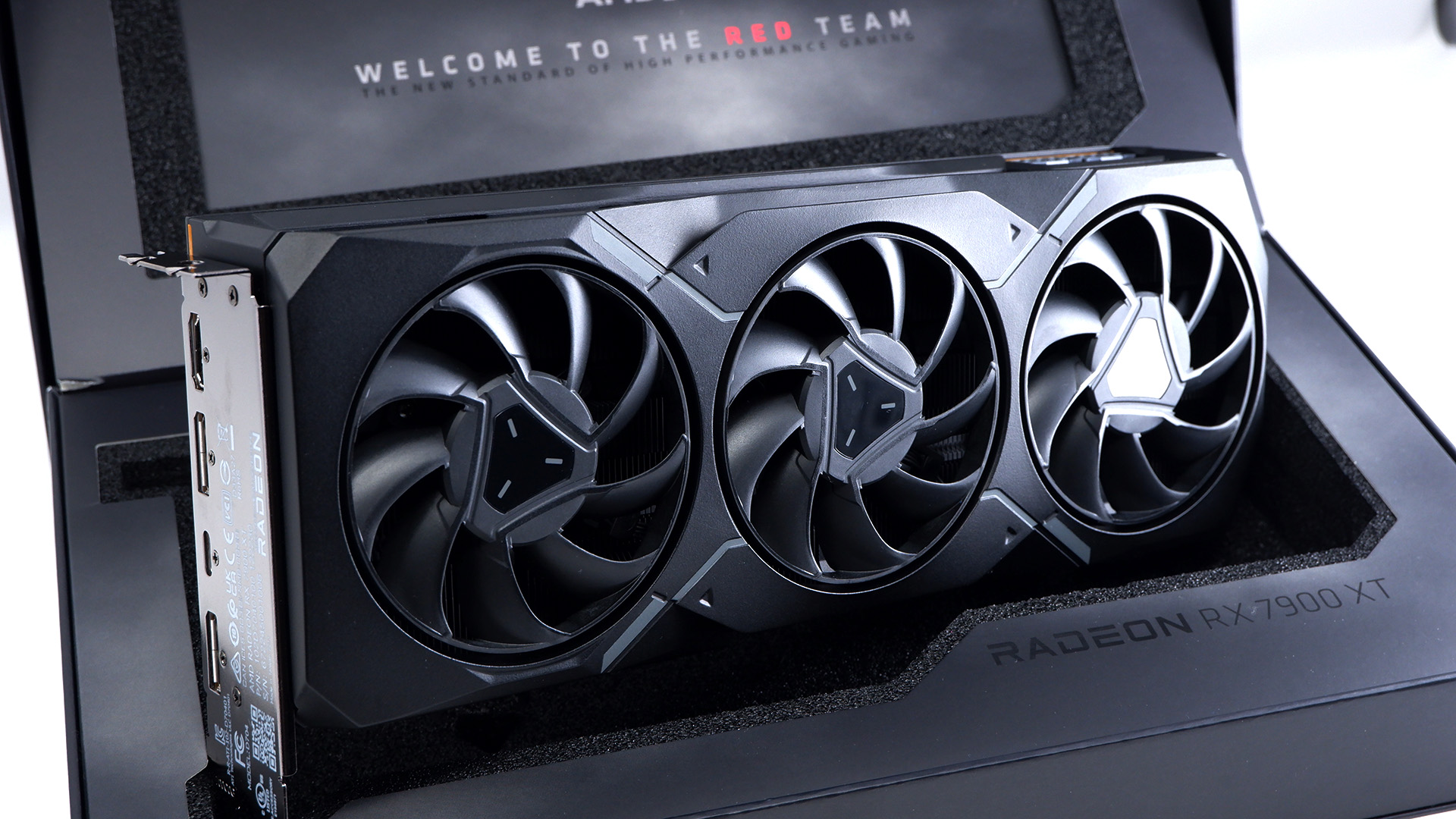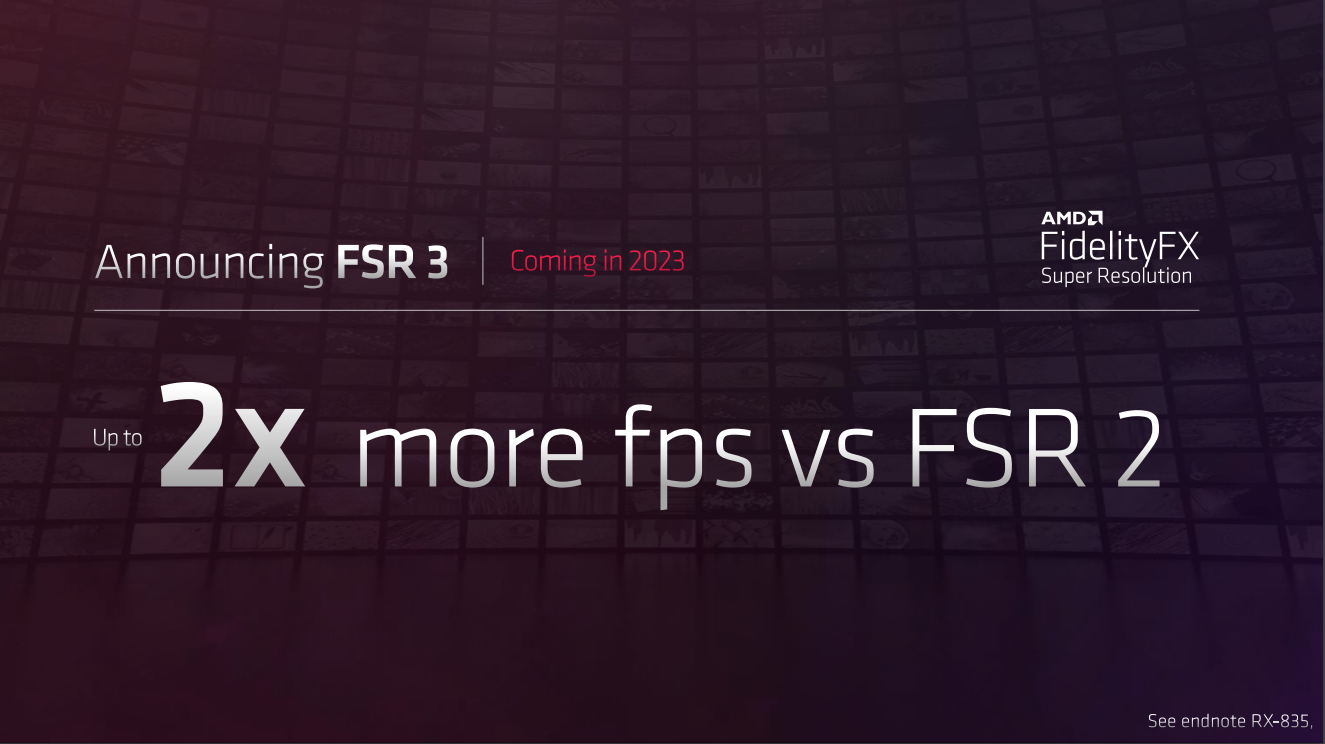AMD's answer to Nvidia's Frame Gen graphics tech will finally arrive in September according to report
FSR 3 and Fluid Motion Frame tech could arrive just in time for AMD's new GPUs.

When AMD announced its next-gen FSR 3 graphics scaling with Fluid Motion Frames technology last year, it was hard not to get the impression that the whole thing was a bit of a knee-jerk reaction to Nvidia's DLSS 3 with Frame generation. Did AMD actually have anything already in the works or was it scrambling to even get started?
Fast forward nine months and AMD's answer to Frame Generation remains nowhere to be seen, suggesting that its Fluid Motion Frames technology had been fairly hypothetical when announced back in November.
But, rejoice, for now there are indications that FSR 3 and Fluid Motion Frames technology could finally appear next month. According to YouTube channel Moore's Law is Dead, AMD will finally launch FSR 3 with Fluid Motion in September to tie in with new RDNA 3 GPUs.
AMD's head honcho, Lisa Su, recently confirmed that new RDNA 3 GPUs are imminent. We're expecting confirmation of at least the Radeon RX 7800 XT to launch by the end of August and maybe the 7700 XT, too.
If that happens, and AMD is indeed planning on finally releasing FSR 3 and Fluid Motion Frames technology in September, we expect AMD will at least discuss the new scaling technologies when it unveils these new GPUs.

While AMD offers reasonably competitive resolution scaling technology in FSR 3, it currently lacks a direct alternative to Nvidia's Frame Generation. The latter uses AI-enhanced algorithms to create whole new frames that are inserted in between fully GPU rendered frames.
Frame Generation has been somewhat controversial because while it helps to improve the fluidity and visual smoothness of games rendering, it actually adds slightly to latency and input lag.
Keep up to date with the most important stories and the best deals, as picked by the PC Gamer team.

Best CPU for gaming: The top chips from Intel and AMD
Best gaming motherboard: The right boards
Best graphics card: Your perfect pixel-pusher awaits
Best SSD for gaming: Get into the game ahead of the rest
DLSS and FSR resolution scaling, by contrast, improve both the frame rate and latency, making the benefits pretty unambiguous.
Anyway, enough gamers appreciate Nvidia Frame Generation technology for its absence from AMD's feature set to be conspicuous. The next question, of course, is will AMD's take will be any good? FSR 1's resolution scaling was some distance behind DLSS for quality, while FSR 2 closed the gap significantly.
It will be interesting to see if Fluid Motion Frame tech is competitive with Nvidia's Frame Generation from the get go or if it will take AMD another generation to iterate it up to Nvidia's standards.

Jeremy has been writing about technology and PCs since the 90nm Netburst era (Google it!) and enjoys nothing more than a serious dissertation on the finer points of monitor input lag and overshoot followed by a forensic examination of advanced lithography. Or maybe he just likes machines that go “ping!” He also has a thing for tennis and cars.

